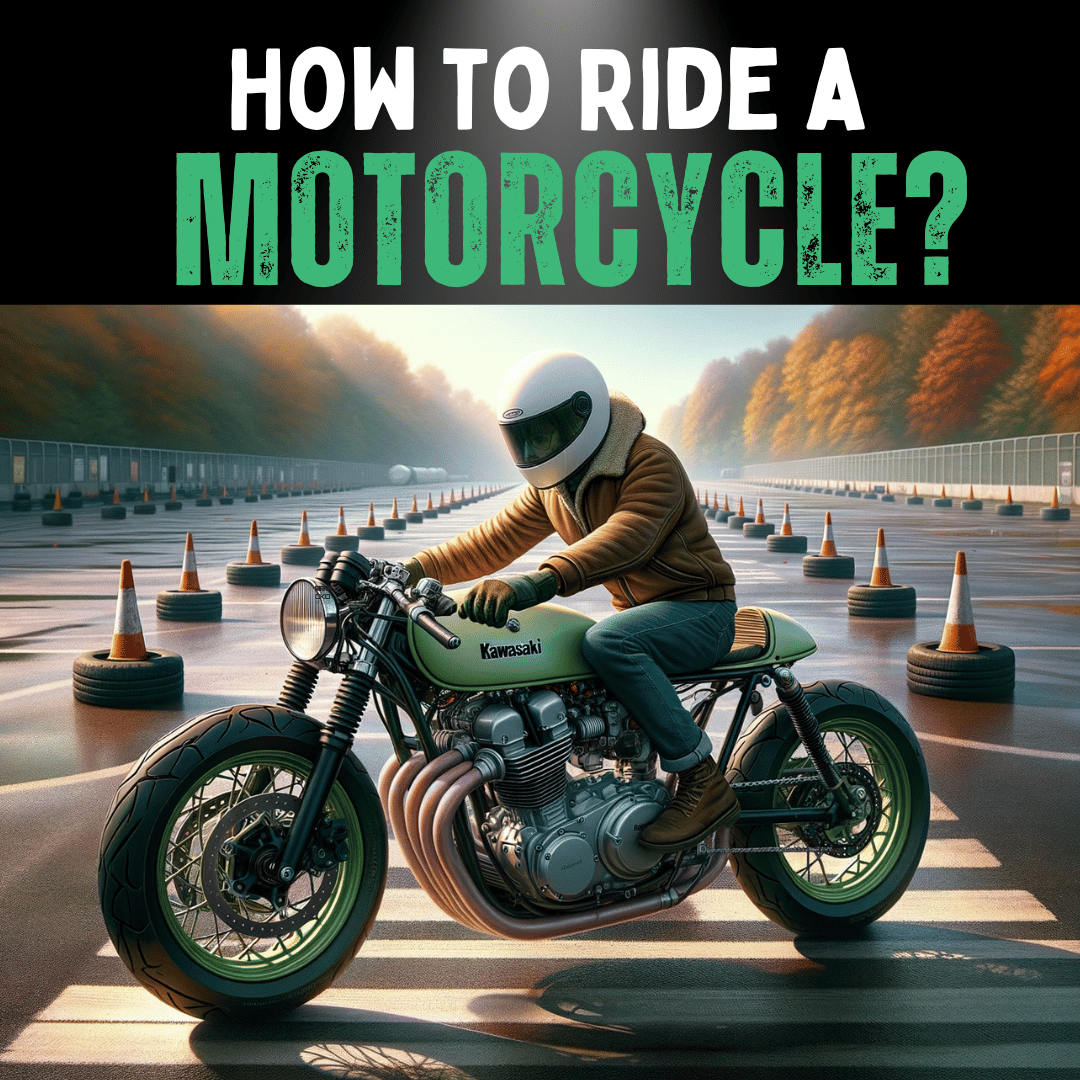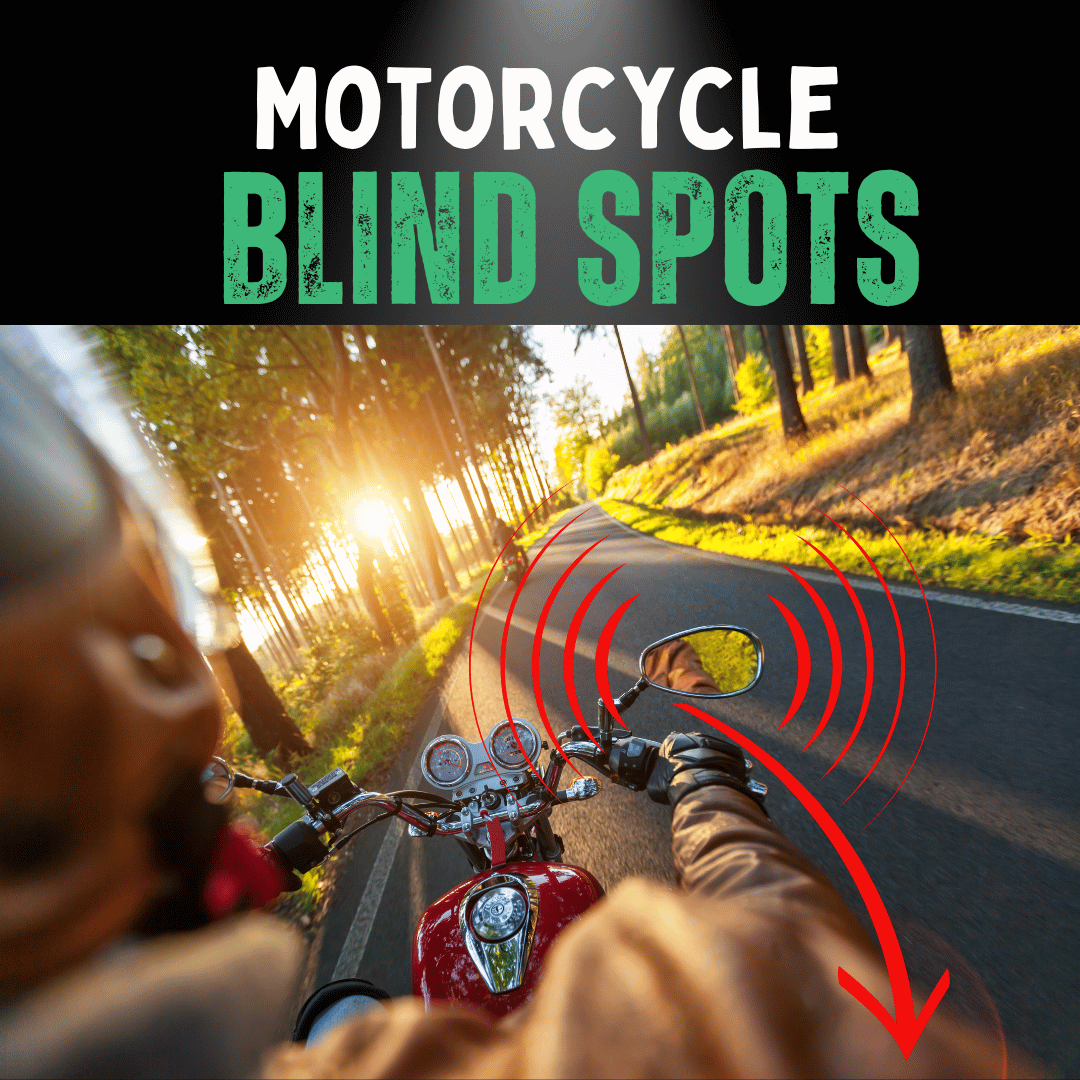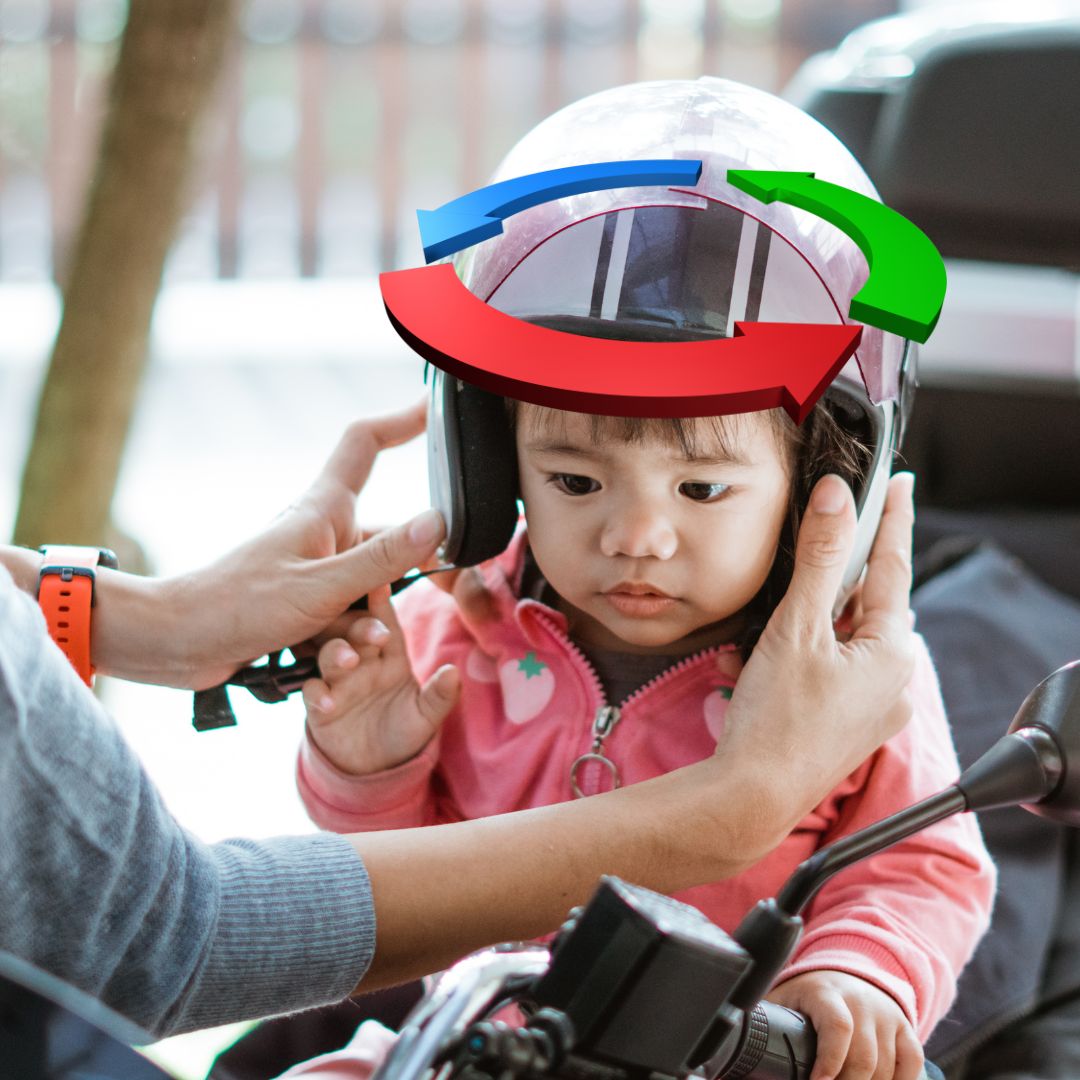
Updated: 16.4.25
How to Ride a Motorcycle: A Beginner’s Guide
Motorcycles have always captured the spirit of adventure—the rush of wind, the hum of the engine, and the promise of the open road. But riding is more than thrills; it’s about learning a life-enhancing skill, embracing safety, and joining a passionate community.
If you're just starting out, this beginner-friendly guide walks you through every essential step—from gearing up to mastering your machine. Let’s get you on two wheels safely and confidently.
Motorcycle Learning Steps
| Step | Description |
|---|---|
| 1 | Getting Equipped: The Importance of Proper Gear |
| 2 | Understanding Your Machine: The Controls |
| 3 | Choosing Your Steed: Picking the Right Motorcycle |
| 4 | Mastering the Brake |
| 5 | The Art of Turning |
| 6 | The Value of Formal Education: Motorcycle Safety Courses |
1. Getting Equipped: The Importance of Proper Gear
Gear isn’t just for style—it’s your protection.
Start with a helmet that meets safety standards like DOT or ECE. Add gloves, boots, and abrasion-resistant clothing for full-body protection.
Check your gear regularly for signs of wear, and remember to dress for the weather—waterproof gear is a must in unpredictable conditions.
2. Understanding Your Machine: The Controls
Learn your bike’s layout—clutch, throttle, brakes, and gear shifter. Think of it as getting to know the tools before starting any craft.
Start practicing how to start and stop smoothly, then move on to shifting gears and managing speed control. The better you understand your bike’s response, the more confident you’ll feel on the road.
3. Choosing Your Steed: Picking the Right Motorcycle
When choosing a bike, consider your height, strength, and confidence level. A lighter, mid-range bike (250–500cc) is ideal for beginners.
4. Mastering the Brake
Braking is about balance—apply both front and rear brakes smoothly and progressively. Learn how weight transfers during braking to avoid skidding or tipping.
5. The Art of Turning
Start with slow, wide turns. Keep your eyes on where you want to go and use countersteering for tighter control as your confidence grows.
6. The Value of Formal Education: Motorcycle Safety Courses
Signing up for a certified training course will fast-track your skills and boost your confidence. Instructors will teach you riding techniques, safety habits, and emergency maneuvers you’ll use for life.
Road Etiquette: Being a Considerate Rider
Good manners on the road are just as important as technical skills. Signal early, respect right-of-way, and maintain a safe following distance. Remember—being predictable makes you safer.
In Summary
Riding a motorcycle is one of life’s great experiences—but only if you treat it with respect. Learn the basics, practise often, ride responsibly, and you’ll enjoy the road ahead with confidence and control.
FAQs
What’s the best motorcycle size for beginners?
Start with something manageable—typically between 250cc and 500cc. Lighter bikes are easier to handle and more forgiving while you learn.
Is it better to learn on a manual or automatic bike?
Manual bikes offer more control and flexibility, but automatics are easier for absolute beginners. Start with what feels right and build from there.
How long does it take to learn to ride?
With regular practice, most people feel comfortable within a few weeks. Confidence builds gradually—start small and stay consistent.
Do I need a special license?
Yes. Most countries require a specific motorcycle endorsement or license. Check your local DMV or licensing authority for details.
Get in Touch 🚀
Loved our article on “How to Ride a Motorcycle (Beginners)”? Got the itch to dive into more wheely-awesome info?
Whether you're a parent or a grandparent, we’re here for all your kids ride-on toy questions! 🚗💨
Jump into our collection at RiiRoo.com or start a Live Chat and let’s talk toys!








Share:
How Fast Is An E-bike? Why It's Game-Changing for YOU!
How To Choose A Scooter For Night Riding in 2025